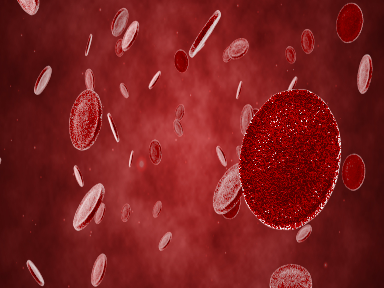firstwordpharmaMay 26, 2021
Tag: thyroidectomy , parathyroid glands , Autofluorescence
The use of near-infrared autofluorescence imaging during total thyroidectomy reduced the risk of unintentional excision of parathyroid glands by about half, according to a study presented at the Virtual 23rd European Congress of Endocrinology (ECE).
The novel modality of intraoperative imaging of the parathyroid glands works because these glands autofluoresce when exposed to near-infrared light, explained Panagiotis Anagnostis, MD, Aristotle University of Thessaloniki, Thessaloniki, Greece.

For the study, the researchers randomised 180 patients scheduled to undergo total thyroidectomy to either near-infrared autofluorescence imaging or no use of near-infrared autofluorescence imaging during surgery.
The surgeons in the near-infrared autofluorescence group were able to identify 4 parathyroid glands during surgery in 29% of patients, 3 glands in 24.4% of patients, 2 glands in 34.4% of patients, 1 gland in 6.6% of patients, and 0 parathyroid glands in 5.6% of patients.
The post-operative results revealed a significantly lower rate of unintentional (total or partial) excision of the parathyroid glands when near-infrared autofluorescence imaging was used. The parathyroid gland excision rate was 14.4% among patients in whom near-infrared autofluorescence imaging was used, compared with 28.9% among patients who had a thyroidectomy without near-infrared autofluorescence imaging (P = .02).
In the post-operative specimens sent for pathology analysis, the chance of finding parathyroid tissue was significantly lower in the near-infrared autofluorescence group compared with the non-imaging group (relative risk, 0.51; P = .02).
Rates of hypoparathyroidism 24 hours after surgery did not differ between groups (27.8% vs 22.4%; P = .79, nor did rates of hypocalcaemia (3.3% vs 5.6%; P = .43).
Parathyroid hormone levels were reduced in both treatment groups from pre- to post-op, by a mean of 30.49 ± 20.71 pg/ml among patients in the imaging group, and by 23.53 ± 22.52 pg/ml in patients in the non-imaging group. Calcium levels were reduced by 0.83 ± 0.49 mg/dl and 0.81 ± 0.43 mg/dl, respectively.
The ECE is sponsored by the European Society of Endocrinology.


Contact Us
Tel: (+86) 400 610 1188
WhatsApp/Telegram/Wechat: +86 13621645194
Follow Us:




 Pharma Sources Insight January 2025
Pharma Sources Insight January 2025


